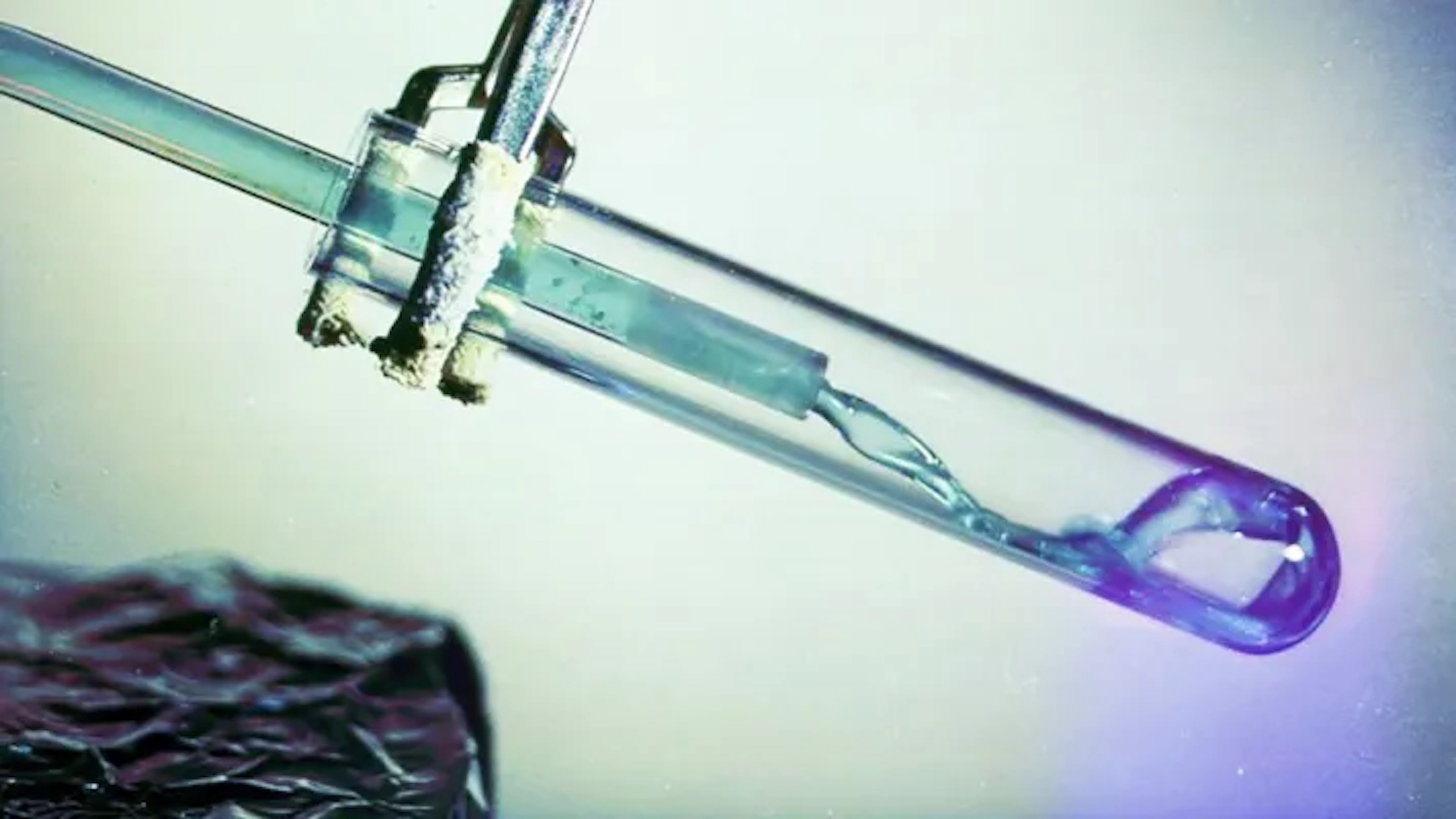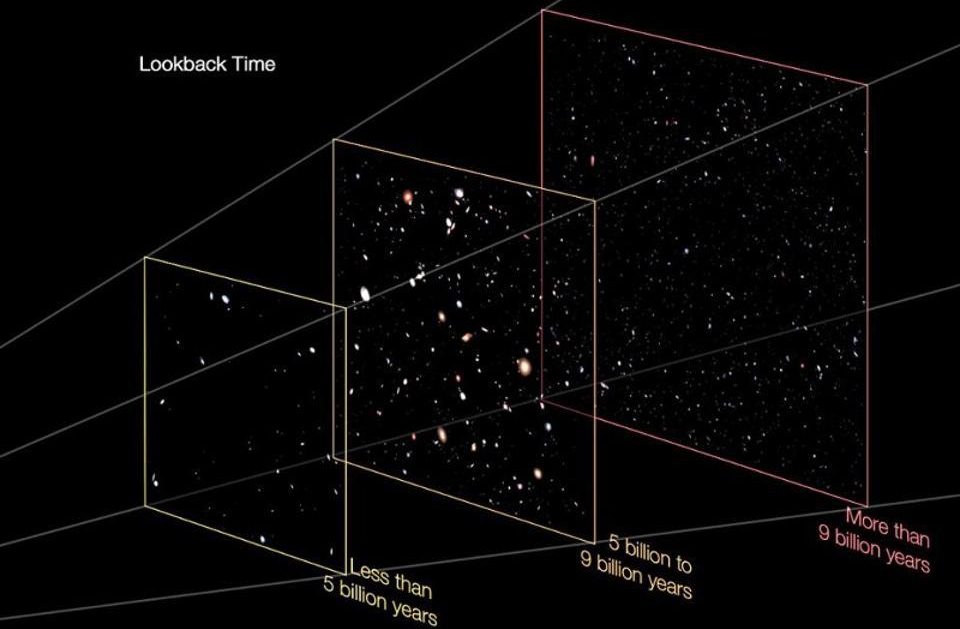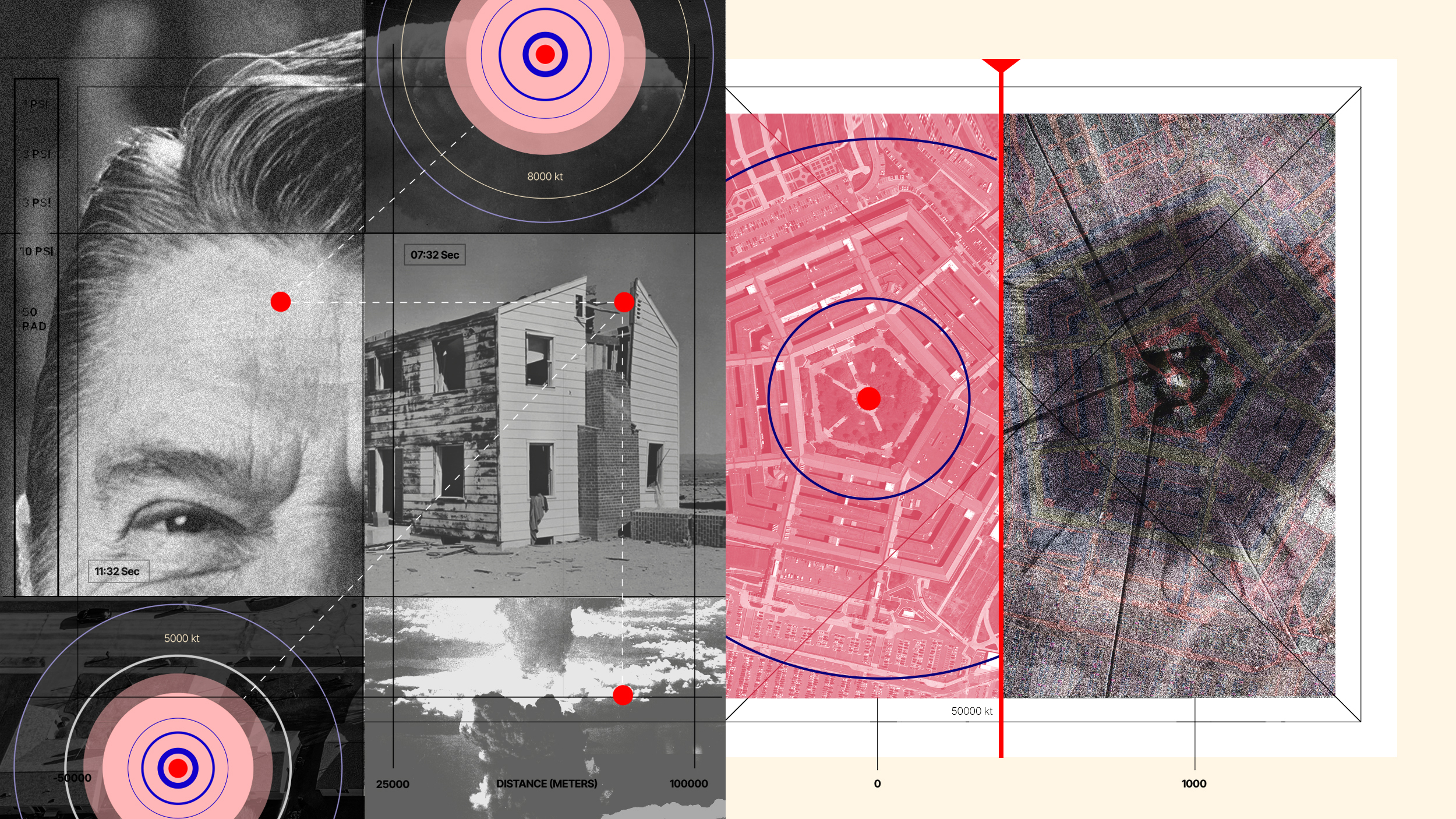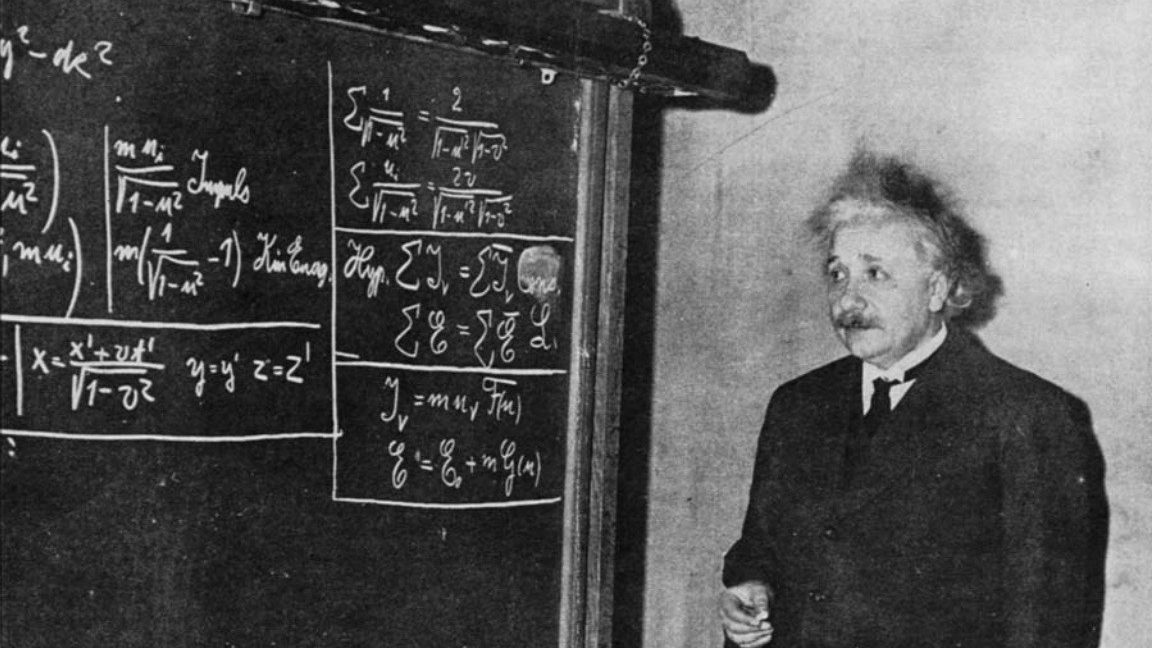This Is How North Korea Will Develop A Hydrogen Bomb

North Korea’s statements, actions, and the physics of how to do it all point to the same terrifying conclusion.
There are few things in this world that have the capability to destroy as much as a nuclear bomb. While history looks back on the 1945 bombings of Hiroshima and Nagasaki with horror, it’s vital to remember that, in terms of energy yields, these fission bombs were less than 0.1% as powerful as modern hydrogen bombs.
During the 21st century, North Korea has performed five separate nuclear tests, all verified by the incontrovertible science of seismology. The most recent, in 2017, yielded enough energy to kill more than 2 million people if it were detonated in a populous area like Seoul, South Korea. Despite multiple promises to denuclearize over the years, the nuclear threat looms larger than ever. Worst of all, there’s now a clear path for North Korea to develop a hydrogen bomb.
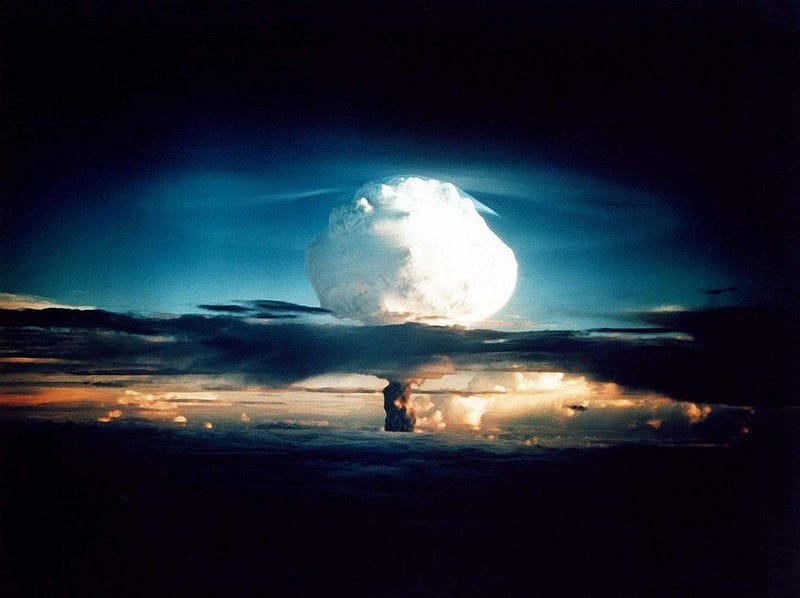
Back in April of this year, North Korea’s leadership put out the following statement concerning their missile launches and nuclear capabilities:
As the weaponisation of nuclear weapons has been verified, it is not necessary for us to conduct any more nuclear tests or test launches of mid- and long range missiles or ICBMs.
This is basically an admission of what scientific observation has already taught us: in addition to their ballistic missile technology, we know that the seismic events that have been occurring at the Earth’s surface in North Korea are, in fact, nuclear bombs.
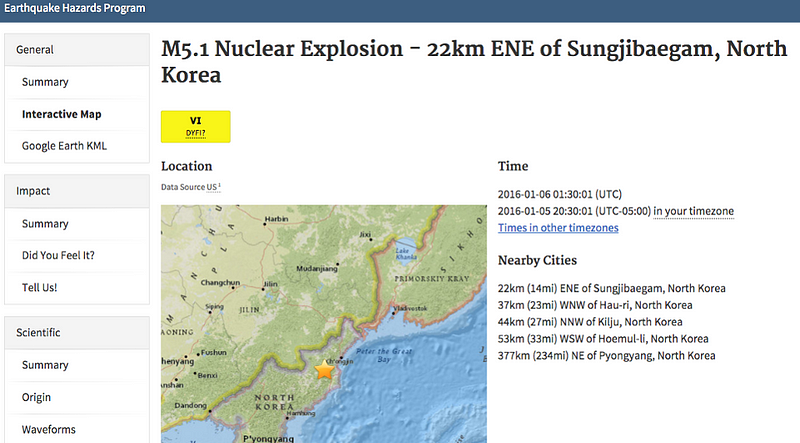
The abrupt announcement in April was seen by many as a step forward for the safety of the world, but experts doubt that this is what it appears to be. Instead, it’s deemed far more likely that a mountain collapse caused by the nuclear testing is why they ceased further nuclear tests. Indeed, a timeline of events shows that, from 2006 until 2017, the detonation yield of their nuclear devices has increased from 0.7 kilotons to ~15 kilotons to an estimated 50–100 kilotons for the final test.
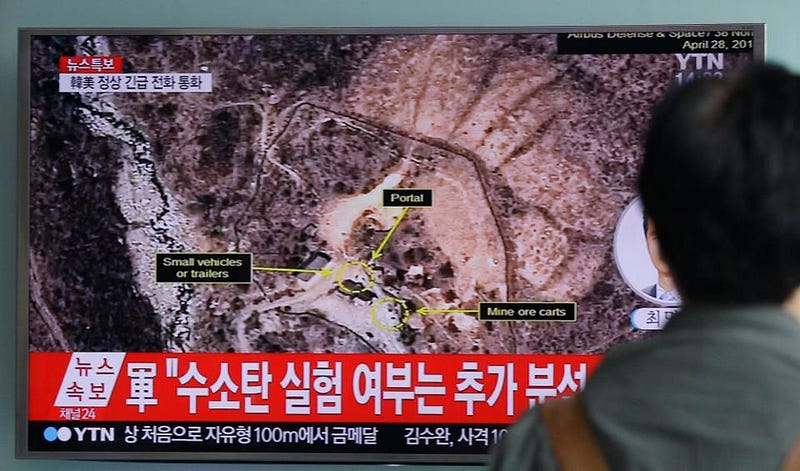
But what’s most fearsome is that, as of 2016, North Korea has claimed that these are hydrogen, fusion bombs, even though the signals and energy yields are consistent with single-stage fission bombs. As of just a few weeks ago, there is no evidence that any denuclearization steps are being taken; if anything, activity continues to ramp up at North Korea’s major nuclear facility. According to reporting in the Guardian:
Continued work at the Yongbyon facility should not be seen as having any relationship to North Korea’s pledge to denuclearise. The North’s nuclear cadre can be expected to proceed with business as usual until specific orders are issued from Pyongyang.
Unfortunately, with the stage that North Korea has reached in weapons development, a hydrogen bomb (or fusion bomb) is feasibly right on their technological horizon.
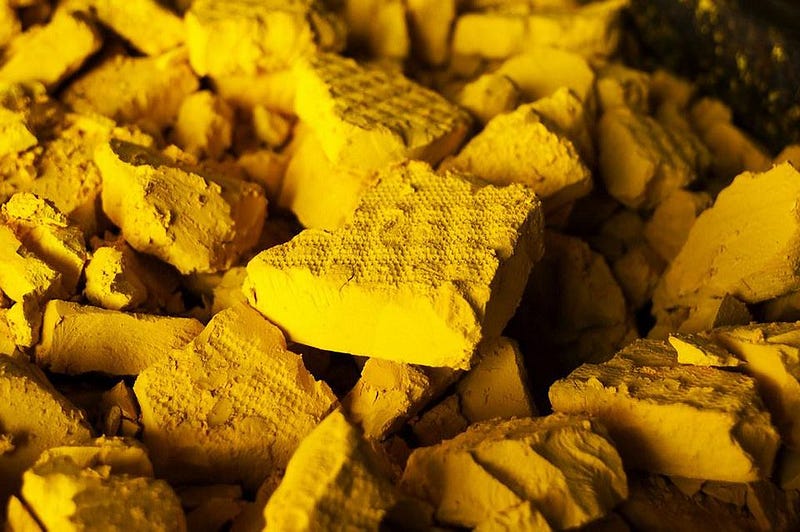
There are two paths to a fission bomb: through enriched uranium and through the production of plutonium. Enriching uranium is difficult and expensive, and involves a type of energy expenditure that is normally measured in quantities called separative work units (SWUs). Put simply, uranium comes in a couple of different varieties (or isotopes), and you have to separate the fissionable uranium (U-235, which is the minority of uranium) from the non-fissionable uranium (U-238: the majority).
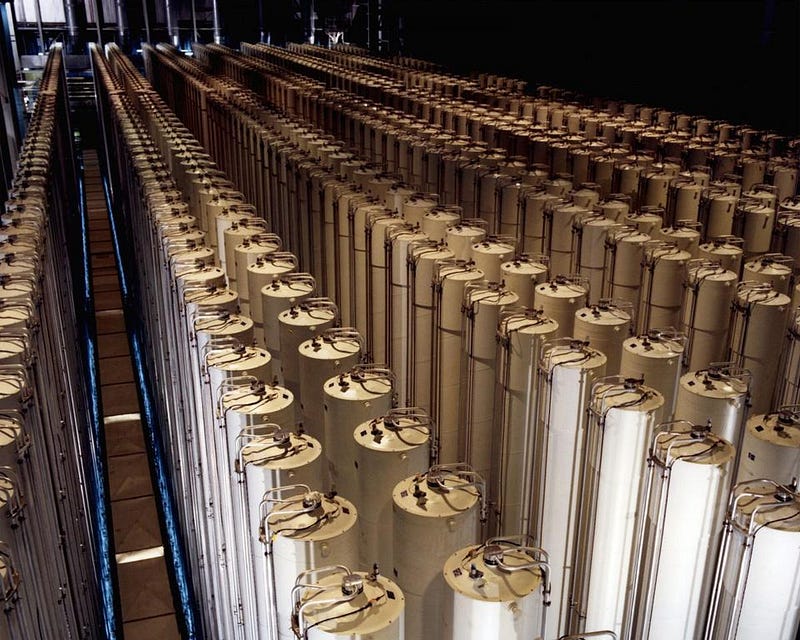
Natural uranium ore is less than 1% U-235; enriched uranium suitable for running a reactor is 3–5% U-235; for a nuclear bomb, you need ~85% U-235. Understanding a nation’s nuclear enrichment capabilities and their process for doing so is a key piece in preventing a nation from becoming a nuclear state; this was one of the cruxes of the hard-won and now-abandoned Iran Nuclear Deal.
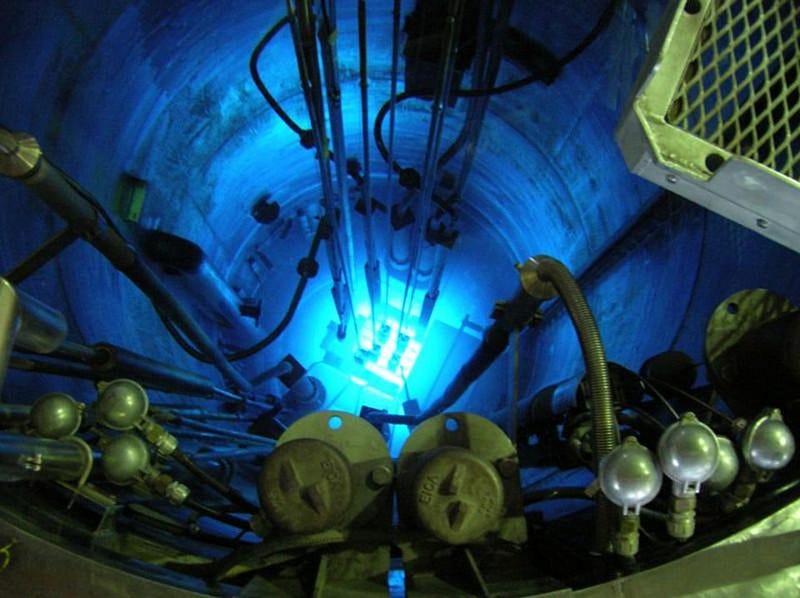
North Korea has a nuclear reactor, so we can assume that the standard process of creating the 3–5% enriched uranium is at play there. For those who want the specifics, that means:
- mine the uranium ore,
- extract the uranium from the ore,
- convert the uranium into uranium hexafluoride,
- enrich the uranium-containing compound to reactor levels,
- and run your nuclear reactor.
This process won’t get you up anywhere near the 85% you need to make a uranium bomb. But there was a second path to a fission bomb: through the production of plutonium. And an unmonitored, running nuclear reactor can produce exactly that.
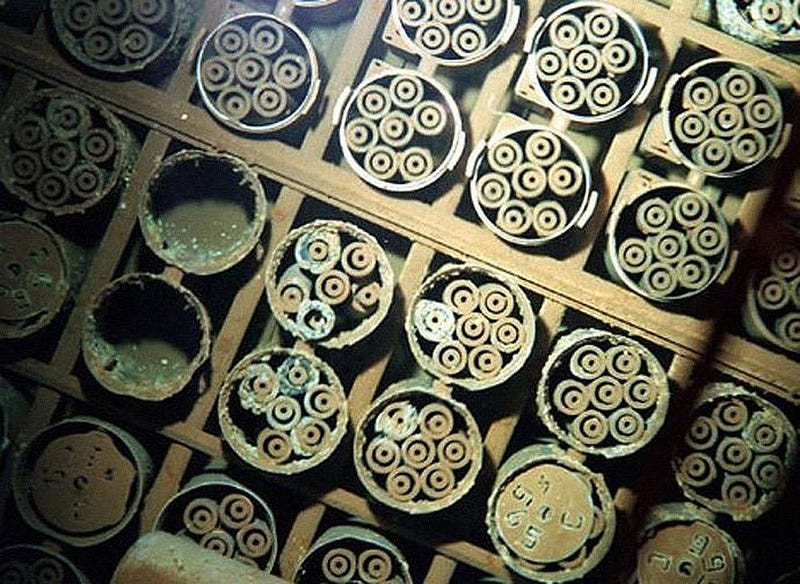
After U-235 is fused in a reactor, there are a slew of additional products that come out, including a number of highly radioactive elements not found in nature. Four of the products are different isotopes of plutonium: Pu-238, Pu-239, Pu-240, and Pu-241. If you’re concerned about a nuclear weapon, it’s the Pu-239 that you have to worry about.
Unfortunately, Pu-239 is also the first new thing you produce when you run a uranium-based nuclear reactor. Nuclear fission of U-235 creates free neutrons, and if U-238 (the majority of uranium) absorbs one, it quickly become Pu-239. So long as you produce a large relative amount of Pu-239 to Pu-240 (which requires a second neutron capture), you can create the material you need for a fission bomb.
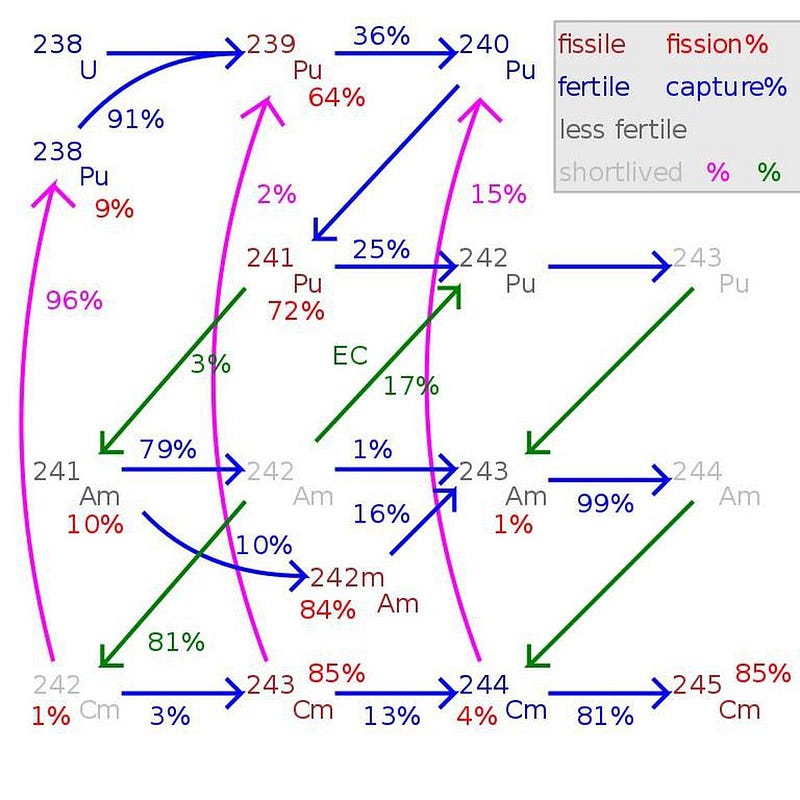
Even though there’s no way to separate out different isotopes of plutonium, you can separate plutonium out of the other elements, such as uranium and curium. Run your uranium-based reactor for a short time, separate out the mostly Pu-239 plutonium from the rest of the fuel, put the uranium back in the reactor, repeat, etc., and you’ll wind up with a store of highly enriched plutonium. If you have less than 7% Pu-240 in your plutonium, it’s weapons-grade material; if it’s less than 3%, it’s super-weapons-grade.
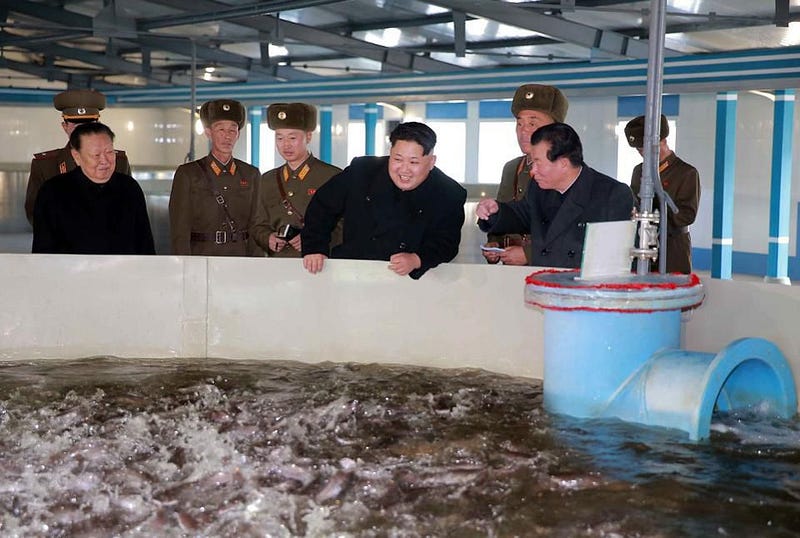
Although we have no proof of this, the recent nuclear tests indicate that North Korea has at least weapons-grade materials and possible super-weapons-grade. To build a hydrogen (fusion) bomb, all you need is for a fission bomb to properly surround and compress, after the fission bomb detonates, a pellet of fusible material. The fusible material usually simply consists of two different isotopes of hydrogen: deuterium and tritium.
Frighteningly, arguably the best way to produce tritium is to run a water-cooled nuclear reactor. North Korea has one; it has undergone testing already this year and is potentially slated for activation in 2019. This method of creating a fusion bomb has been around since the 1950s, and represents one of the single greatest existential threats to all of humanity.
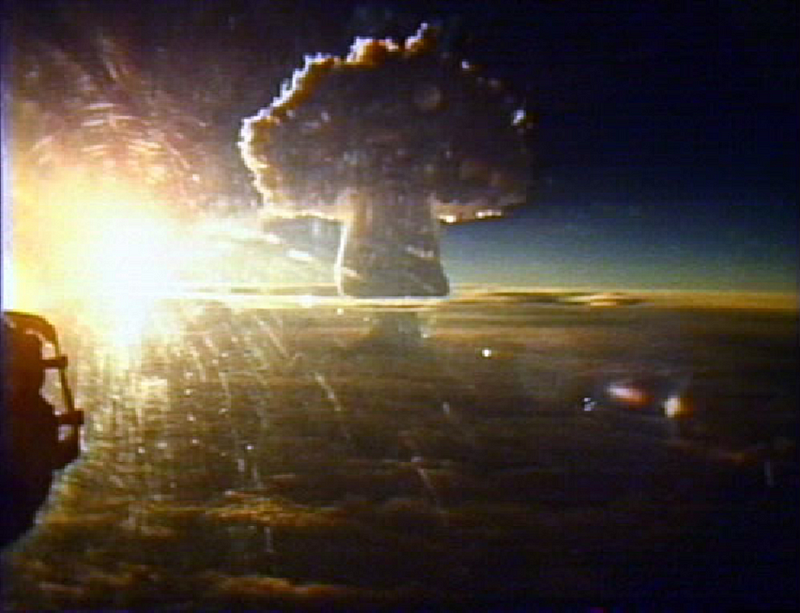
Although North Korea no longer has their longstanding nuclear test site available to them, they have all the ingredients and infrastructure to create a very powerful fission bomb, and have demonstrably done so in recent years. They are just one ingredient — an artificial and unstable isotope of hydrogen — away from having everything necessary for a hydrogen bomb: the most powerful destructive force ever unleashed by humanity.
If we do nothing, that final ingredient will be in their hands within 18 months. Despite President Trump’s assertion that:
“The letter that we are signing is very comprehensive, and I think both sides will be very impressed with the results . . . We’re going to take care of a very big and very dangerous problem for the world,”
there are no tangible results to point to that are leading us away from this foreseeable disaster. There is a clear scientific path to developing a nuclear fusion bomb, and North Korea has already shown they are 80% of the way there. It’s time to call upon our leaders to put a stop to the remaining steps before it’s too late.
Ethan Siegel is the author of Beyond the Galaxy and Treknology. You can pre-order his third book, currently in development: the Encyclopaedia Cosmologica.
